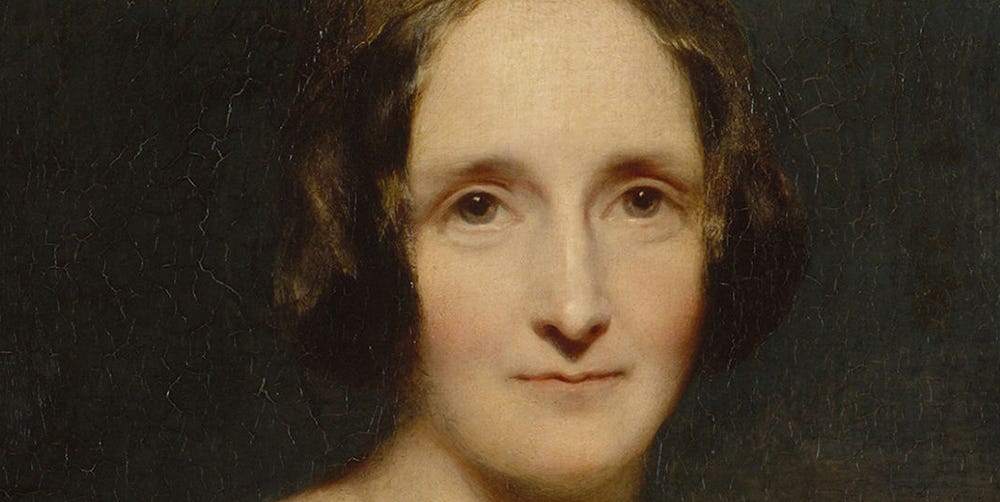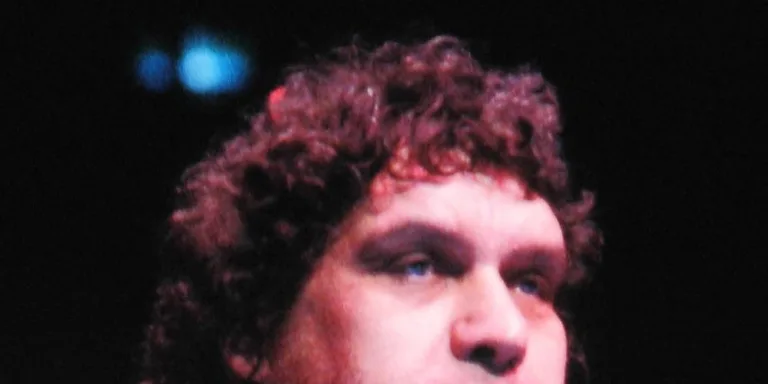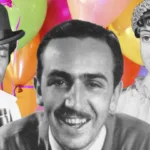Mary Shelley’s name is synonymous with the iconic Gothic Novel Frankenstein, but her life story is just as captivating as the tales she spun. Born in 1797 To Influential Figures – philosopher William Godwin and feminist Mary Wollstonecraft – Shelley was destined for a life immersed in intellectual discourse. However, her early years were marked by tragedy. Her mother died shortly after her birth, leaving a void that shaped her worldview.
Despite the challenges she faced, Shelley found solace and expression through writing. She developed a passion for storytelling from a young age, immersing herself in the world of literature. This love for words would ultimately lead her to pen one of the most influential novels in history. A Mary Shelley Biography reveals a woman who defied societal expectations and carved her own path, leaving an indelible mark on the Literary Landscape.
Early Life and Influences
Mary Shelley’s early life was a tapestry woven with both intellectual brilliance and personal loss. Growing up in the vibrant intellectual circles of London, she was exposed to groundbreaking ideas from a young age. Her father, William Godwin, was a prominent philosopher and political theorist, While Her Mother, Mary Wollstonecraft, was a pioneering feminist writer whose Work Championed Women’s rights and education.
Tragedy struck when Shelley was just eleven days old with the death of her mother. This profound loss cast a long Shadow Over Her Childhood, leaving her yearning for maternal love and guidance. Despite the challenges she faced, Shelley found solace in literature and developed a keen interest in storytelling. The books she read, particularly gothic tales and works by Her Father, would profoundly influence her writing style and themes.
These early influences, coupled with her own experiences of loss and longing, shaped Shelley into the complex and Insightful Writer She Became. Her Mary Shelley Fact File reveals a woman who navigated a world of intellectual discourse while grappling with personal heartache, ultimately channeling these emotions into powerful and enduring works of literature.
 Mary & George True Story: Ambition, Manipulation, and Tragedy
Mary & George True Story: Ambition, Manipulation, and TragedyA Tumultuous Relationship with Percy Bysshe Shelley
Mary Shelley’s life took a dramatic turn when she met the charismatic poet Percy Bysshe Shelley in 1814. Their connection was instant and intense, sparking a whirlwind romance that defied Societal Norms. Percy was already married at the time, but their shared love for literature and radical ideas quickly blossomed into Something Deeper.
Their elopement in 1816 sent shockwaves through their families and Social Circles. Facing ostracism and condemnation, they embarked on a life of exile, traveling across Europe and grappling with Financial Instability. Despite the challenges they faced, their relationship remained passionate and intellectually stimulating. They shared a deep love for poetry, philosophy, and social justice, often engaging in lively debates about art, politics, and the human condition.
However, their tumultuous journey was also marked by personal tragedies. The loss of several children and Percy’s untimely death in 1822 cast a long shadow over their lives. This period of grief and loss profoundly affected Mary Shelley, shaping her perspective on life, death, and the power of love. Their story, captured in a mary shelley biography, remains a testament to the complexities of human relationships and the enduring impact of love and loss.
The Creation of Frankenstein
The summer of 1816 proved to be a pivotal moment in Mary Shelley’s life, giving birth to the iconic novel Frankenstein. During a trip to Switzerland with Percy Bysshe Shelley and their circle of friends, they found themselves confined indoors due To Relentless Rain. Seeking entertainment, Lord Byron suggested a ghost story Writing Competition, a challenge that ignited Mary’s imagination.
As she wrestled with ideas, memories of her own personal losses and anxieties about scientific advancements mingled with gothic tales and philosophical discussions. This fertile ground gave rise to the chilling narrative of Victor Frankenstein, a brilliant scientist who creates a monstrous being from assembled body parts, only to be horrified by his creation’s grotesque appearance and uncontrollable rage.
The story poured out of Mary, fueled by her own experiences and a deep fascination with the ethical Dilemmas Surrounding Scientific Progress. While initially hesitant to share her work, she was ultimately persuaded by her husband and friends to publish Frankenstein. This decision would forever change her life, catapulting her into literary history and solidifying a mary shelley biography as one marked by both tragedy and triumph.
Literary Success and Continued Writing
The publication of Frankenstein in 1818 marked a turning point for Mary Shelley’s Literary Career. The novel was an instant success, captivating readers with its chilling tale and thought-Provoking Themes. Critics hailed her as a gifted storyteller and visionary, praising the depth of her characters and the originality of her narrative.
Despite facing ongoing challenges—including the loss of several children and the social stigma attached to her relationship with Percy Bysshe Shelley—Mary continued to write prolifically. She published several more novels throughout Her Life, including Valperga and The Last Man, each exploring complex themes of love, loss, ambition, and the human condition. Her works often delved into the darker aspects of human nature, reflecting her own experiences with grief and societal pressures.
Shelley’s literary legacy extends far beyond Frankenstein. Her contributions to gothic literature and her exploration of timeless philosophical questions continue to resonate with readers today. A mary shelley fact file reveals a woman who defied convention and left an enduring mark on the world of literature, proving that brilliance can emerge even from the midst of adversity.
A Lasting Legacy in Literature
Mary Shelley’s impact on literature transcends the boundaries of time. Frankenstein, Her Seminal Work, has become a cornerstone of gothic fiction and continues to be adapted and reinterpreted in countless forms—from films and television shows to stage productions and graphic novels. The novel’s exploration of scientific hubris, the nature of humanity, and the consequences of unchecked ambition remains as relevant today as it was in 1818.
Beyond Frankenstein, Shelley’s other works have also garnered critical acclaim and enduring popularity. Her insightful characterizations, Evocative Prose, and unflinching exploration of complex themes Continue To Captivate Readers. Her influence can be seen in the works of countless authors who followed, shaping the landscape of gothic literature, Science Fiction, and feminist writing.
Mary Shelley’s legacy is a testament to the power of storytelling and the enduring relevance of her timeless themes. A mary shelley biography reveals a woman who dared to explore the darkest corners of the human experience with both brilliance and compassion, leaving behind a literary legacy that continues to inspire and challenge readers Generations Later.










